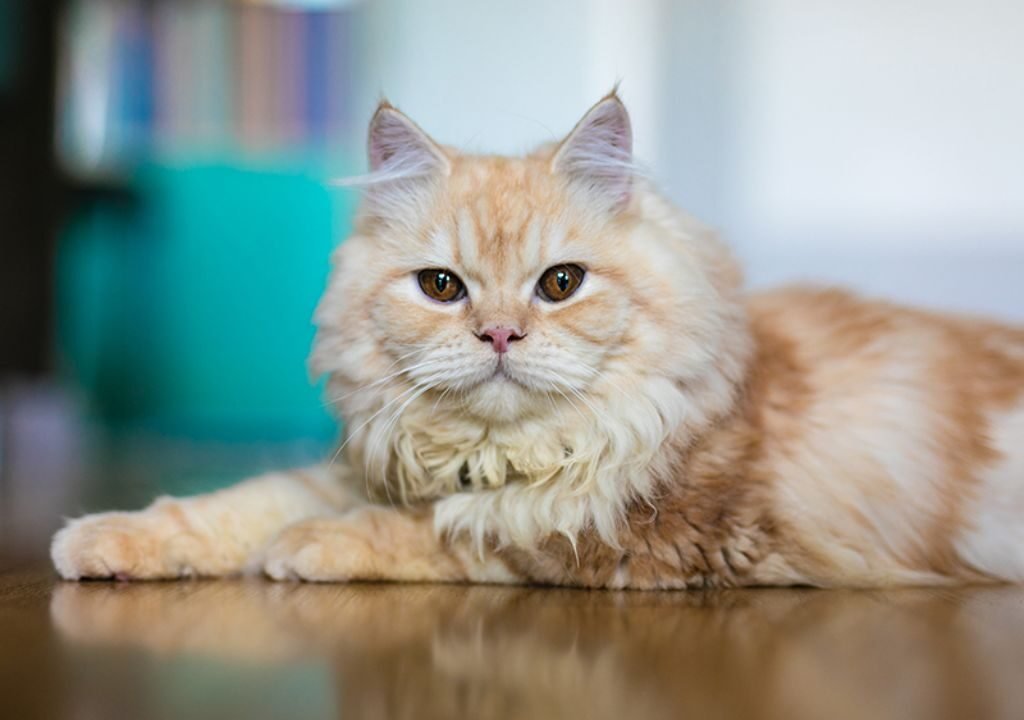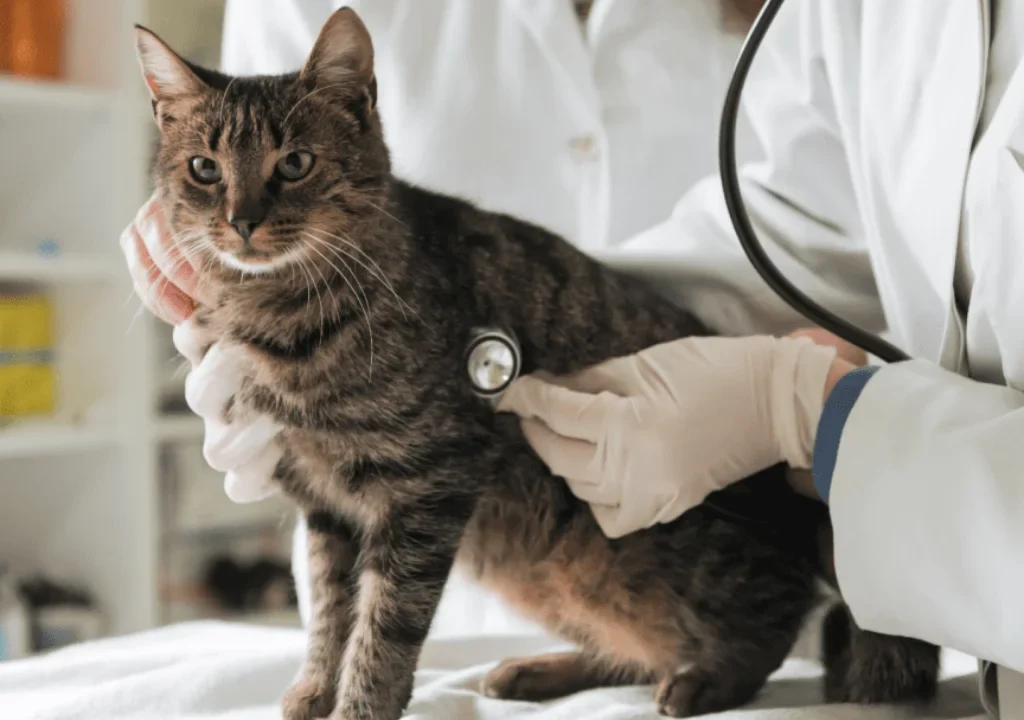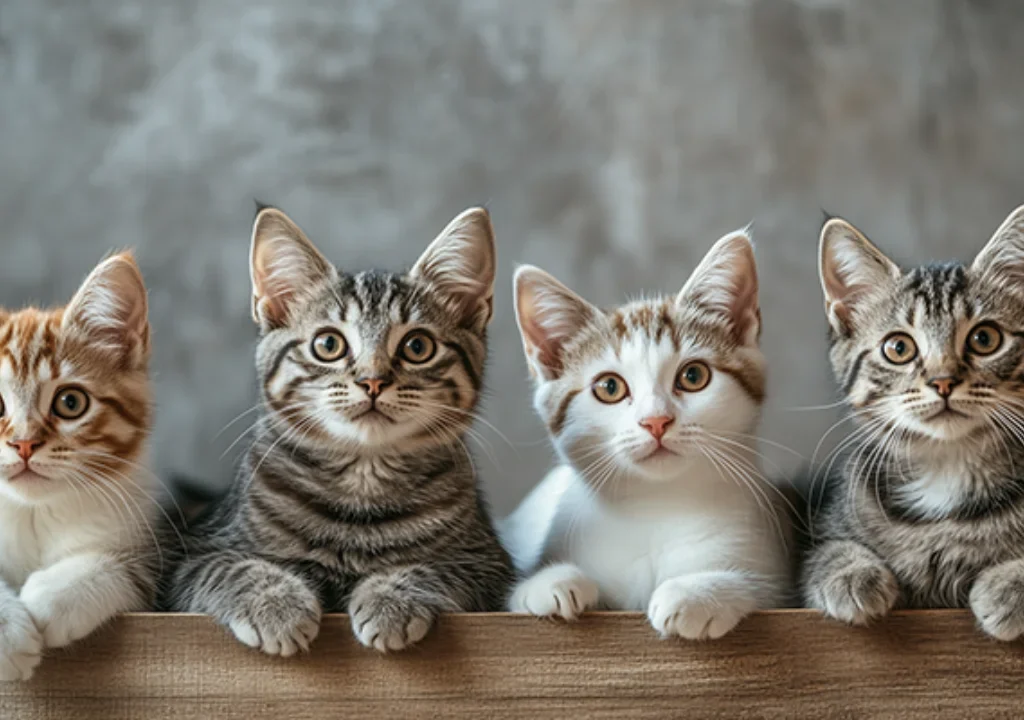
If there’s one cat breed that embodies elegance, charm, and a touch of royalty, it’s the Persian cat. 🐾 With its long, luxurious coat, expressive eyes, and calm personality, the Persian has captured the hearts of cat lovers for centuries. In this complete guide, we’ll explore everything about the Persian cat — from its history and personality to grooming needs, health, and care tips.
📜 History of the Persian Cat
The Persian cat’s origins trace back to the 1600s when long-haired cats were brought to Europe from Persia (modern-day Iran) 🕌. Over time, selective breeding enhanced their thick coats and distinctive flat faces, making them one of the most recognized and adored cat breeds in the world. Today, Persian cats are considered a symbol of beauty and sophistication.
For a broader look at other feline varieties, you can explore our detailed blog on Different Domestic Cat Breeds.
🐾 Physical Appearance
The Persian cat is known for:
- ✨ Long, Silky Coat: Dense and flowing fur that requires daily care.
- 😺 Flat Face (Brachycephalic): Gives them their signature adorable look.
- 👀 Large, Round Eyes: Often copper, blue, or green depending on coat color.
- 🐈 Stocky Build: Medium to large size with a sturdy frame.
While Persian cats are not typically in the smallest cat category, some females can be more compact. If you prefer petite feline companions, check out our guide on Small Domestic Cats.
💖 Personality and Temperament
One of the main reasons Persian cats are so beloved is their calm and gentle temperament:
- ❤️ Affectionate: They love spending time with their owners.
- 🤫 Quiet: Unlike vocal breeds like Siamese cats, Persians are soft-spoken.
- 🏡 Adaptable: Comfortable in both apartments and larger homes.
- 🛋 Low Activity Level: Prefer lounging over climbing and running.
Persian cats are perfect for people seeking a laid-back and loving pet that enjoys snuggles and attention.
✂️ Grooming Needs
Owning a Persian cat comes with a serious commitment to grooming:
- 🪮 Daily Brushing: Prevents mats and tangles in their long coat.
- 🛁 Regular Bathing: Keeps their fur clean and shiny.
- 🧼 Eye Cleaning: Helps prevent tear staining.
- ✂️ Nail Trimming & Ear Cleaning: Routine essentials.
🏥 Health Considerations
Like all breeds, Persian cats have specific health risks:
- 😮💨 Brachycephalic Airway Syndrome: Due to their flat faces.
- 🩺 Polycystic Kidney Disease (PKD): A common genetic condition.
- 🦷 Dental Issues: Require regular dental care.
- 👁 Eye Problems: Such as excessive tearing.
Regular vet visits and a healthy diet are essential to keeping them in top condition. You can learn more surprising feline traits in our blog on Interesting Facts on Cats.
🥩 Diet and Nutrition
Persian cats need a balanced diet that supports their coat health and overall well-being:
- 🍗 High-Quality Protein: Supports muscle health.
- 🐟 Omega Fatty Acids: For a glossy coat.
- 💧 Moisture-Rich Foods: Helps prevent urinary issues.
🎨 Persian Cat Colors and Patterns
Persians come in a variety of stunning colors, including:
- ⚪ Solid (white, black, blue, cream)
- 🤍 Bicolor
- 🐾 Himalayan (colorpoint pattern)
- 🐅 Tabby
🏡 Ideal Home for a Persian Cat
Persian cats thrive in:
- 🛋 Quiet households
- 🚪 Indoor-only environments (to protect their coat and health)
- 🕒 Homes with owners who can commit to daily grooming
⏳ Lifespan
With proper care, Persian cats typically live 12–17 years, making them long-term companions.
For additional breed background, you can read more on Persian Cats – Wikipedia.
❓ FAQs – Persian Cat
🐾 Final Thoughts
The Persian cat is a timeless symbol of feline beauty, offering companionship, elegance, and a calm presence in your home. While they require more grooming than other breeds, the love and affection they provide are worth every minute of care.
To explore more about cats and other pets, visit MyPetVista.

